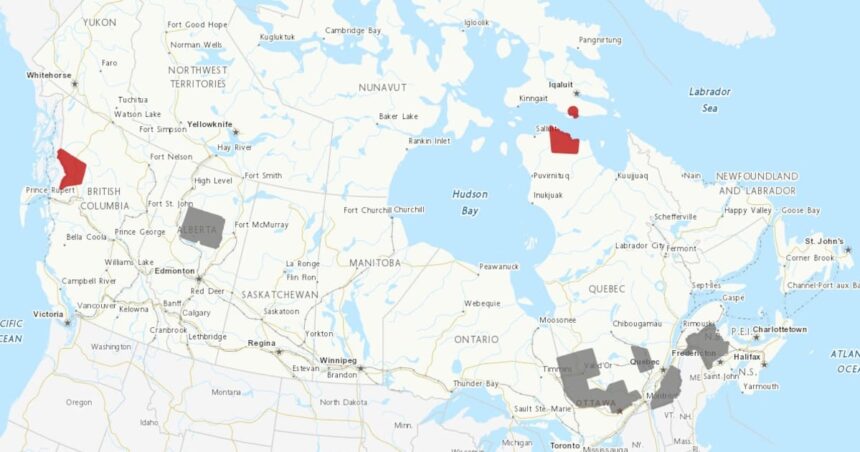A late-season cold snap has triggered frost advisories across significant portions of Eastern Canada, with temperatures expected to plummet overnight in regions still transitioning into summer weather patterns. Environment Canada meteorologists issued the warnings Tuesday afternoon as a mass of unseasonably cool air descended upon Quebec and New Brunswick, catching many gardeners and farmers off guard.
“We’re looking at potential frost formation in several low-lying areas, with temperatures expected to drop to near-freezing levels overnight,” said Marianne Rousseau, senior meteorologist with Environment Canada. “This is relatively unusual for this time of year when many have already begun planting temperature-sensitive vegetation.”
The frost advisories cover an expansive area including the Gaspé Peninsula, regions north of Montreal, and numerous communities throughout central and northern New Brunswick. Agricultural specialists have expressed concern about the timing of this cold spell, as many commercial operations and home gardeners have already transplanted sensitive crops under the assumption that freezing temperatures were behind us.
Quebec’s agricultural ministry has urged farmers to implement protective measures where possible, noting that “even a brief exposure to temperatures below 2°C can damage emerging crops like tomatoes, peppers, and cucumber seedlings.” The advisory specifically warns that frost may damage vulnerable plants and trees currently in their early growth phase.
In New Brunswick, temperatures are forecast to drop to between 0°C and -2°C in inland areas, with coastal regions experiencing slightly milder conditions due to the moderating influence of ocean waters. Local nurseries report being inundated with calls from concerned customers seeking advice on protecting newly purchased plants.
“We’re recommending people cover sensitive plantings with fabric—not plastic—and ensure it extends to the ground to trap warmth from the soil,” explained Jean-Michel Bélanger, owner of Fredericton Green Gardens nursery. “For container plants, bringing them indoors for the night is the safest option.”
The unseasonable cold snap highlights the increasingly unpredictable weather patterns affecting Canada’s agricultural regions. Climate scientists note that while global temperatures are rising overall, climate change is also associated with greater weather variability and more frequent extreme weather events.
Environment Canada expects the advisories to be lifted by mid-morning Wednesday as temperatures rebound, though forecasters warn that similar conditions could return later in the week as the unstable weather pattern continues. Residents are encouraged to monitor local weather news for updates.
For the agricultural sector, these late-season frosts represent more than just an inconvenience—they pose significant economic threats. According to business analysts, crop damage from unexpected frost can result in millions of dollars in losses, affecting not only large commercial operations but also the growing network of small-scale organic farms that have less capacity to absorb weather-related setbacks.
As Eastern Canada navigates this temporary return to cooler conditions, the question emerges: Are these unseasonable cold snaps becoming the new normal, and how must agricultural planning adapt to account for greater climatic unpredictability in our warming world?










